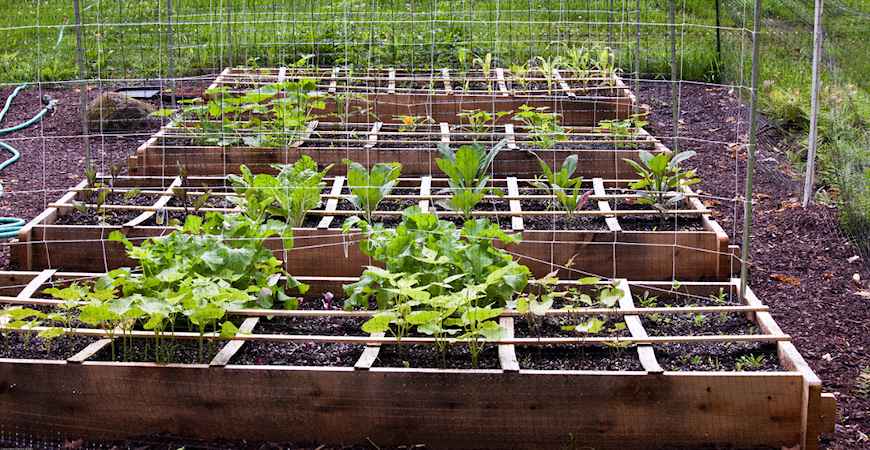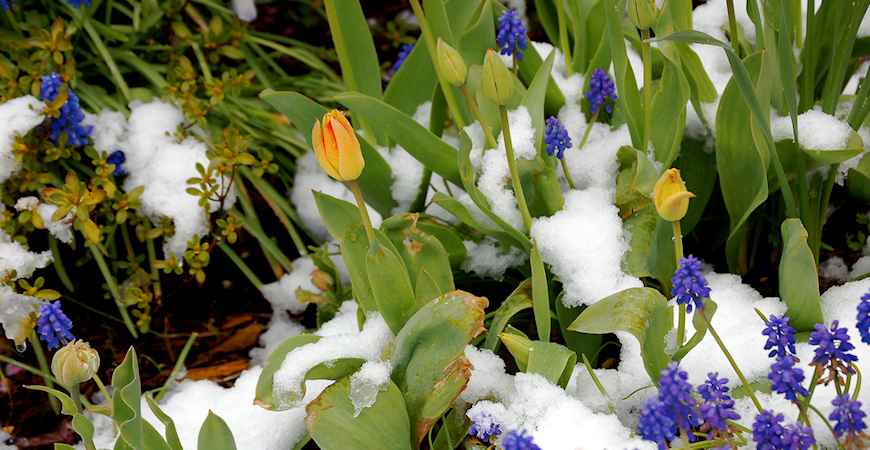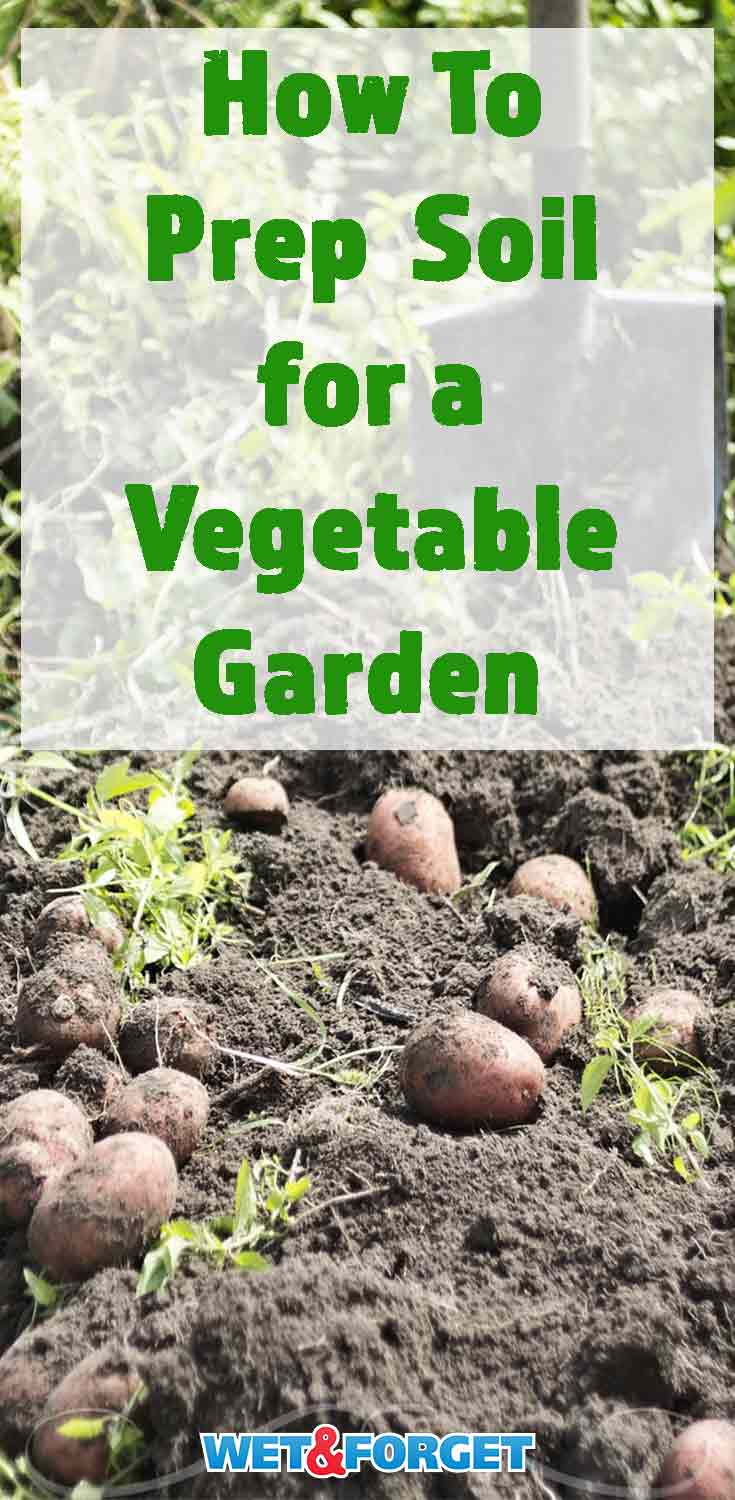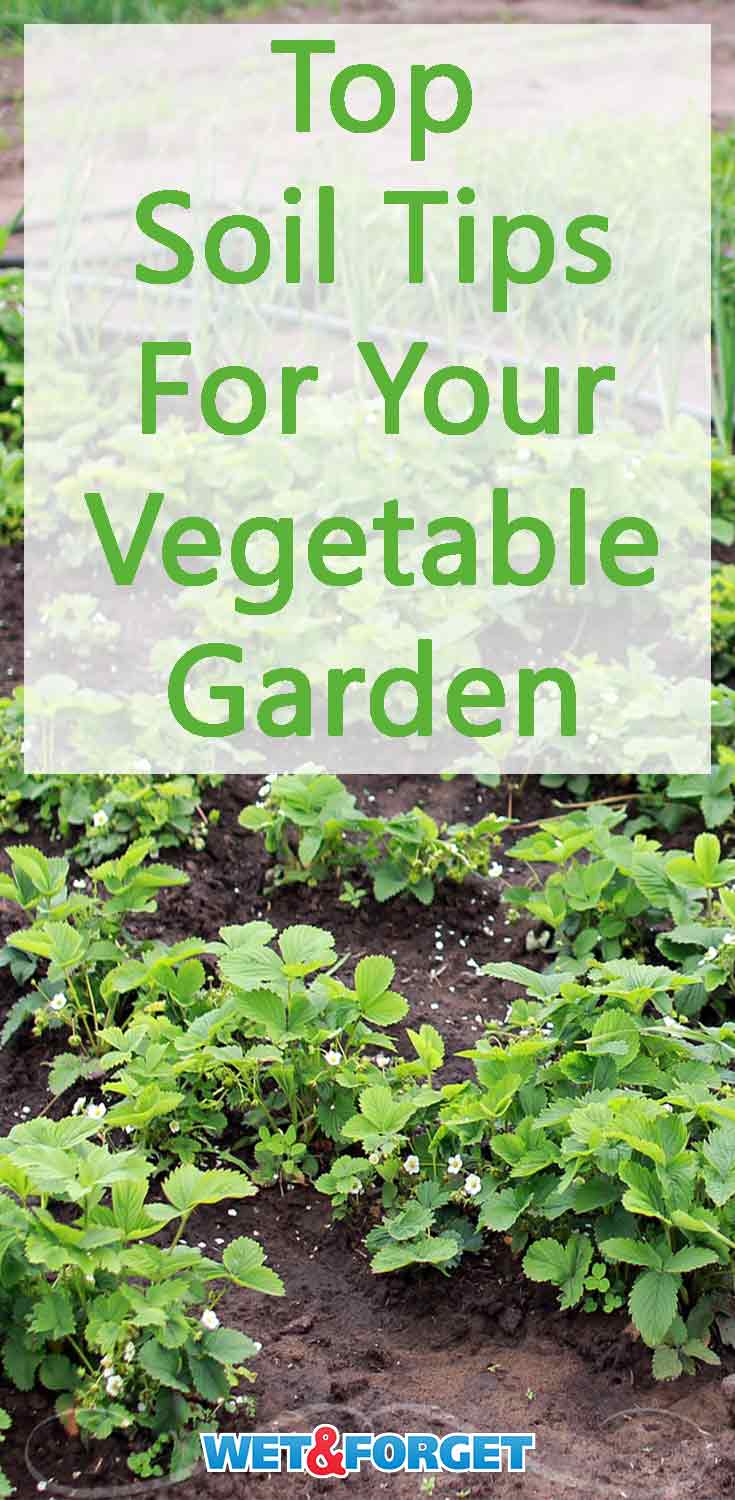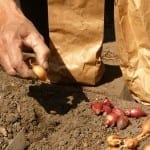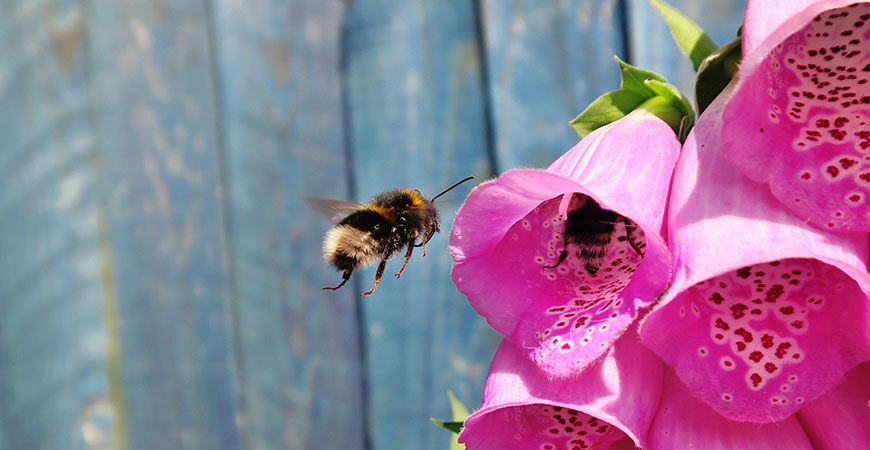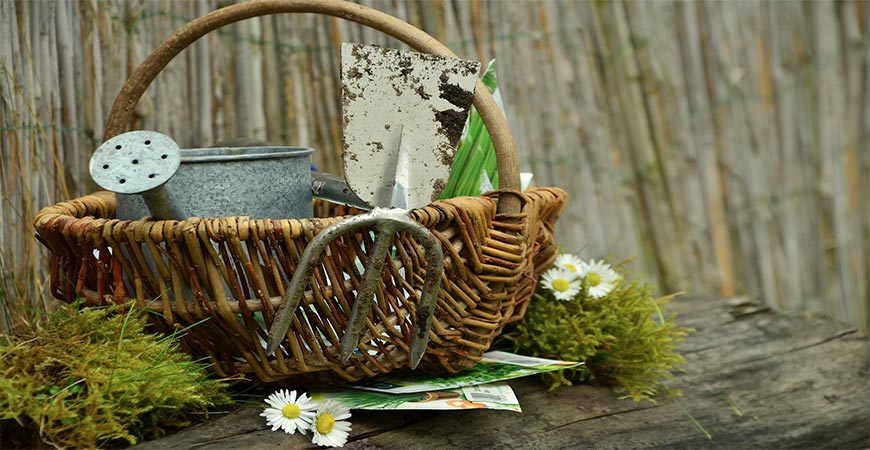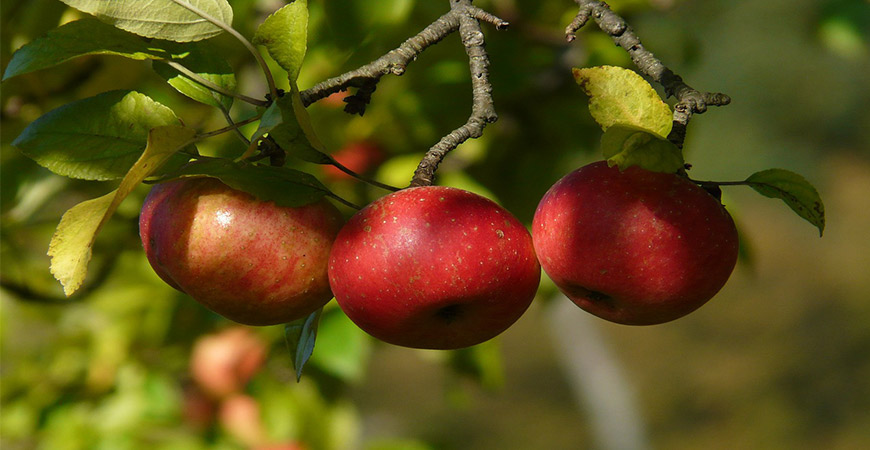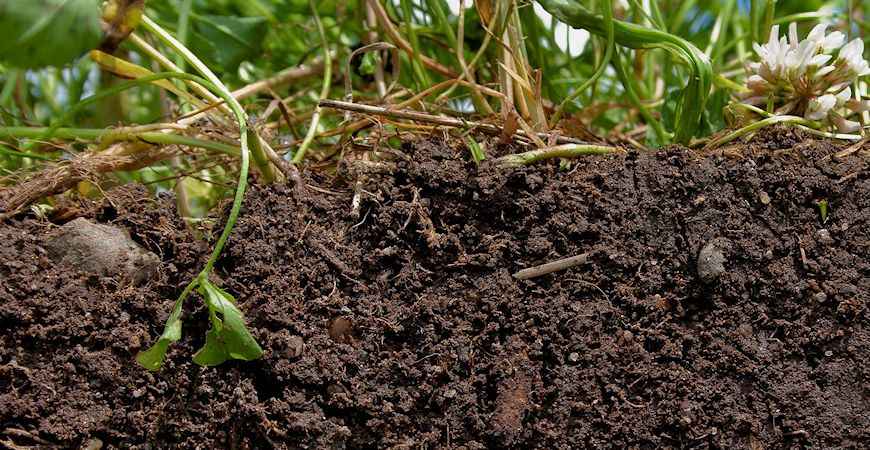
See Our Top Tips to Liven up your Soil and Grow your Best Veggies Yet!
So you’ve picked out the perfect heirloom tomatoes to plant this year, and can’t wait for those mouth-watering summertime BLTs. But if your garden soil is in bad shape, your veggie garden could be doomed before you even pick up the spade.
Don’t let that happen to your precious Lemon Boys!™ These essential tips will help you start your veggie garden off right, so you can have the delicious harvest you’re dreaming of.
Test the Soil for Your Veggie Garden
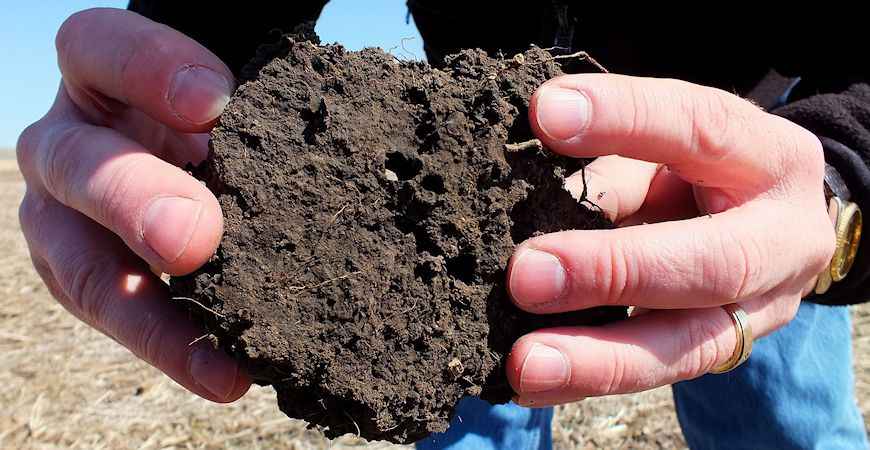
Healthy vegetables won’t grow in soil that has the wrong texture, structure or composition. Vegetables grow best in loamy, well-drained soil, so if your soil is too sandy or too full of clay, your veggie garden is doomed from the get-go.
Imbalances in pH or nitrogen will also hurt your garden’s chances to thrive.
Here’s how to look for problems in these major areas:
Soil Texture
Soil that’s too sandy will dry out quickly and parch your plants, while clay soil will become too compacted, leading to poorly-formed roots and stunted plants. The jar test is a simple way to evaluate your soil’s composition:
- Fill a quart jar about one-third full with a loosened sample of your topsoil.
- Close the jar tightly and shake vigorously, until all of the soil is completely mixed with the water.
- Set the jar in a windowsill and allow the soil to begin to settle.
- After a few minutes, you’ll see that the sand layer will have settled on the bottom of the jar. Mark the level of the sand layer on the outside of the jar.
- Allow the jar to sit overnight. The silt layer will settle on top of the sand, and the clay layer will settle on top of the silt. A fine layer of organic matter will sit on top of the clay.
- Mark each layer, and measure the depth of each layer. Now measure the total depth of your soil sample.
- Find what percentage of your soil is made up of sand, silt and clay. For example, if your soil sample is 4 inches deep, and the clay layer is 2 inches deep, then your soil is 50% clay.
- Use these percentages to determine if your soil has a healthy texture for growing vegetables. The ideal mixture for a healthy, loamy soil is 20% clay, 40% silt, and 40% sand. Here’s a slightly different version of the soil texture test, courtesy of Organic Gardening Magazine. You can also take your soil to your local cooperative gardening extension for testing.
Drainage
Soil that doesn’t drain properly will allow water to pool around your plants’ roots, leading to root rot. Today’s Homeowner offers this step-by-step guide for testing your garden to see if it has the drainage that your vegetables need to grow.
pH
pH is the measure of how acidic or alkaline your garden’s soil is. The right soil pH is essential, because plants can’t absorb the nutrients they need if the soil pH is too far out of range.
According to Organic Gardening Magazine, the healthiest pH for most garden vegetables is neutral to slightly acidic, or about 6 to 7, while some plants can go more acidic—blueberries, strawberries and potatoes can thrive in soil as acidic as 4.5—and others, such as leeks, avocado and asparagus, can tolerate slightly alkaline soil.
To find out your soil’s pH, you can buy a home pH test or take a soil sample to your local cooperative extension for testing.
Nitrogen
Nitrogen is a substance that plants need to grow, and it’s also a component of chlorophyll, which plants use to make food.
Also, nitrogen levels can fluctuate a lot all during the growing season so, because nitrogen levels result from organic matter, a good way to keep your soil’s nitrogen levels on track is to test your soil’s organic matter levels. The best way to do this is to send a sample to your local cooperative extension.
More Soil Tests
Now that we’ve looked at some major issues, there are still other ways that you can improve your soil. Here are 10 easy DIY soil quality tests, courtesy of Organic Gardening Magazine.
Fix Any Issues Within Your Veggie Garden
Now that you’ve identified any major shortcomings in your garden’s soil, there’s time to fix them before you plant. Here are some actions you can take:
To Fix Drainage Problems
If your garden doesn’t drain properly, you need to start working right away to fix the problem before planting time. The Ohio State University Cooperative Extension recommends installing 4-inch drain tile in lines 25 feet apart if you have an outlet available for the water.
The water will need to fall at least 2 inches per 100 feet of line in order for it to drain properly. If you aren’t able to install lines, you could improve your property’s surface grading instead.
Or, to go smaller, you can grow your veggie garden in raised beds (see photo above).
Raised garden beds eliminate drainage problems for your vegetables without your having to fix your whole garden.
To Fix Poor Soil Structure
If your soil has too much clay, silt, or sand, your vegetables won’t thrive.
To amend clay or silty soil, the North Carolina State University Cooperative Extension Service recommends adding in 20 to 50 percent of organic matter by volume. Till your soil to a depth of about 8 inches, spread the organic material over the soil in a layer about 2 inches deep, and then work the organic matter into the soil while breaking up any clods.
The Colorado State University Extension recommends adding fibrous materials such as tree bark, wood chips, or straw. If your soil is sandy, the Colorado State University Extension recommends well-decomposed organic amendments such as compost or vermiculite, which you can add into the soil using the same method above.
To Fix a Nitrogen Deficiency
The Ohio State University Extension points out that organic materials such as sawdust, wood chips, straw, and bark, while they can work wonders for your soil’s structure, can also lower your soil’s nitrogen level.
They recommend adding ¼ pound of ammonium nitrate or ammonium sulfate per bushel of such material that you add to your garden in order to prevent this issue. They also recommend adding 2 pounds of ammonium nitrate or ammonium sulfate per 100 square feet of complete fertilizer—such as 50-10-5, 8-8-8, or 12-12-12—that you add into your soil.
If you run a soil test at your local cooperative extension and find that your soil is suffering from a nitrogen deficiency, they can advise you on how much ammonium nitrate or ammonium sulfate to add to your soil.
To Fix Bad pH
If your soil’s pH is too acidic or too alkaline, you’ll need to fix it before planting or your garden will be in trouble. Because most vegetables grow well in neutral to slightly acidic soil, the most common pH problem is soil that is too alkaline.
To make your soil more acidic, the Clemson University Cooperative Extension recommends applying either aluminum sulfate or sulfur, both of which are sold at garden supply centers. Click here for instructions, and for a chart that tells you how much to apply to get the desired pH change.
To make your soil more alkaline, the Clemson University Cooperative Extension recommends applying a liming material such as wood ash or ground agricultural limestone. Click here for instructions.
Organic Gardening Magazine warns that it can be difficult to change your soil’s pH quickly and that sometimes the best method is to keep adding organic material each year, plant things that thrive in your soil, and allow the change to happen more gradually.
Wait for the Right Time to Start Working the Soil in Your Veggie Garden
Timing is everything when it comes to beginning your gardening. Not only can your tender seedlings perish in the chill if you plant too soon—you can actually do more harm than good to your soil’s structure and texture if you work it while it’s still soaked with snowmelt and early spring rains.
Organic Gardening Magazine offers this easy test to tell if your soil is ready for you to dig in and get to work.
Which vegetables will you be planting in your veggie garden this season?
Check out how to grow garlic in your garden this season! Click here.
Photos courtesy of NRCS Soil Health, NRCS Soil Health, Patrick, and jc.winkler.

